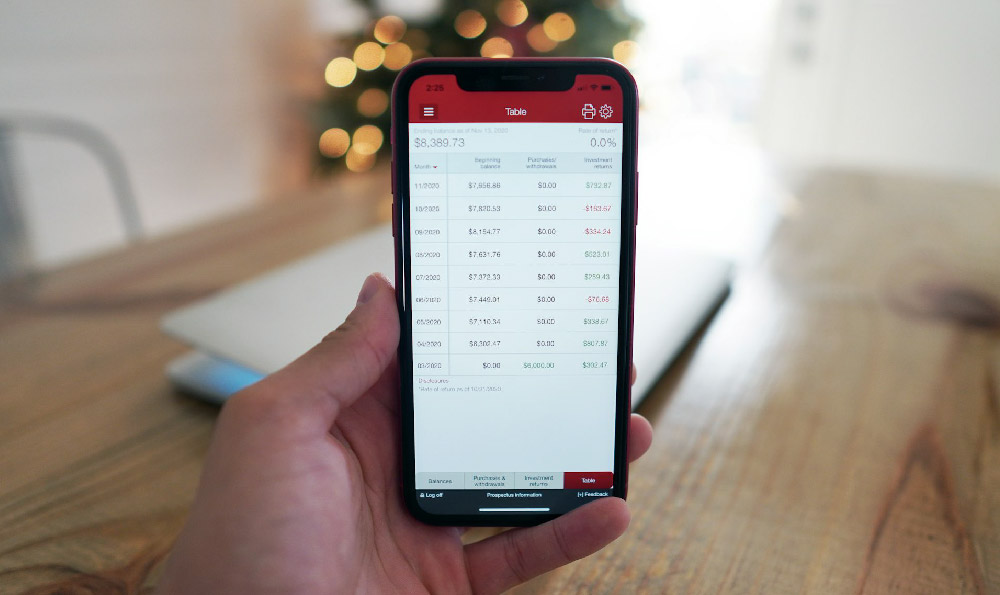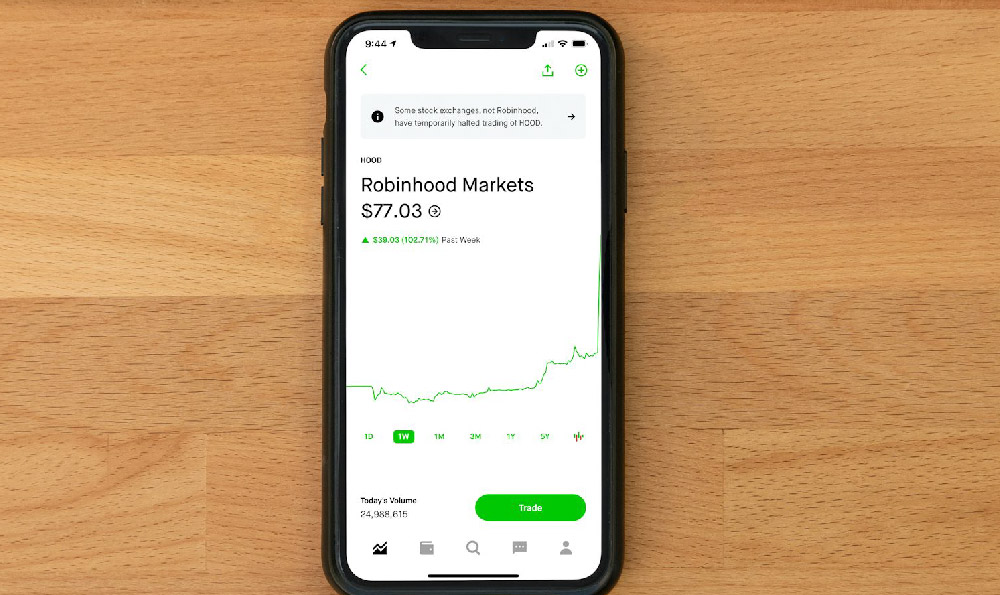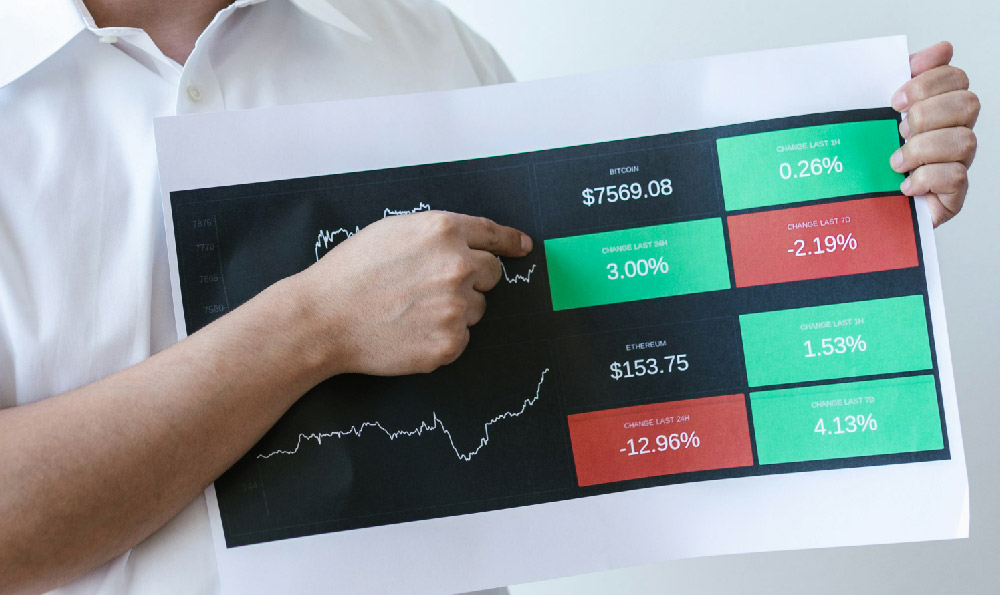Embarking on a side hustle can be one of the most empowering steps toward financial independence, offering not only supplementary income but also opportunities for personal growth and skill development. However, the journey requires careful planning, a deep understanding of market dynamics, and a strategic approach to risk management. Unlike traditional employment, where income is often dictated by external factors, side hustles grant individuals the autonomy to explore passions, capitalize on niche markets, and diversify their financial portfolio. Yet, this freedom comes with the responsibility of evaluating opportunities through a lens of financial prudence and long-term vision. The first key consideration is identifying a side hustle that aligns with both market demand and personal capabilities. This involves a thorough analysis of current economic trends, consumer behavior patterns, and technological advancements that may reshape how value is created and monetized. For instance, the rise of digital platforms has made it possible for individuals to leverage skills in writing, design, or programming to generate income through online freelancing or content creation. Similarly, the booming e-commerce sector has opened avenues for entrepreneurs to sell products or services through dropshipping, print-on-demand, or affiliate marketing. The critical factor is recognizing that successful side hustles are not just about finding a profitable niche, but about building a sustainable business model that can withstand market fluctuations.
Once a viable idea is chosen, the next phase involves evaluating the time commitment and financial investment required. Unlike passive income streams, many side hustles demand consistent effort, whether it be managing inventory, engaging with customers, or developing a digital presence. It is essential to assess how much time can be realistically dedicated without compromising the stability of the primary income source. For example, a freelance graphic designer might work part-time on projects that complement their core profession, while an e-commerce entrepreneur might need to allocate significant hours to product research, marketing, and order fulfillment. Additionally, the initial financial outlay varies widely. Some ventures require minimal investment, such as creating digital content or offering consulting services, while others, like starting a physical business or launching a product line, may necessitate capital. A prudent approach is to begin with low-cost experiments, using platforms like Etsy or Fiverr to test market interest before committing substantial resources. This iterative process allows for adjustments based on real-time feedback, minimizing the risk of financial loss.
As the side hustle gains traction, the focus should shift toward scaling and optimizing the business model. This involves analyzing performance metrics, such as customer acquisition costs, gross margins, and return on investment, to determine where improvements can be made. For digital ventures, tracking engagement rates, conversion funnels, and audience demographics provides insights into how to refine offerings and target the right market. For physical businesses, evaluating supply chain efficiency, inventory turnover, and operational costs is crucial to maintaining profitability. The key to sustainability is creating value that resonates with customers, whether through exceptional service quality, unique product offerings, or innovative solutions to common problems. Moreover, integrating the side hustle with the primary career can yield synergistic benefits. For example, a teacher who develops educational content for online platforms can leverage their expertise to create a scalable business while maintaining their teaching role. This dual approach allows for financial diversification, reducing reliance on a single income source and mitigating risks associated with job market volatility.

Long-term success in side hustles also hinges on continuous learning and adaptation. Markets evolve rapidly, driven by technological disruptions, shifting consumer preferences, and global economic forces. Staying ahead requires a commitment to skill development, whether through formal education, online courses, or industry networking. For instance, mastering SEO techniques or understanding cryptocurrency trading can open new revenue streams in a rapidly changing landscape. Additionally, building a personal brand is essential for establishing trust and credibility. This involves curating a professional online presence, showcasing expertise through content marketing, and engaging with communities to foster relationships. A well-constructed brand not only attracts customers but also positions the individual as a thought leader in their niche, enabling them to command higher value for their services.
Risk management is an integral part of any side hustle, as it can expose individuals to financial, emotional, and time-related challenges. Assessing risks involves evaluating the potential for market saturation, competition, and regulatory changes. For example, entering a crowded niche like freelance writing requires a unique value proposition to stand out, while selling physical products may involve navigating supply chain complexities and inventory risks. Mitigating these challenges requires a balanced approach, such as diversifying income sources, maintaining an emergency fund, and setting clear boundaries between work and personal life. It is also important to recognize that not all side hustles will succeed, and failure should be viewed as a learning opportunity rather than a setback. By adopting a mindset of resilience and adaptability, individuals can turn obstacles into stepping stones for future growth.
Ultimately, side hustles represent a powerful tool for financial empowerment, but their success depends on a combination of strategic planning, market awareness, and disciplined execution. By choosing ventures that align with personal strengths and market opportunities, individuals can create a complementary income stream that enhances their financial stability. However, it is crucial to approach each opportunity with a clear understanding of its potential, risks, and long-term implications. Integrating side hustles into a broader financial framework, such as diversifying assets and using income for investments, can further amplify their impact. The key is to view side hustles not as quick fixes, but as long-term strategies for building wealth, gaining independence, and achieving financial goals. With patience, persistence, and a commitment to continuous improvement, individuals can transform their side hustles into a cornerstone of their financial future.












